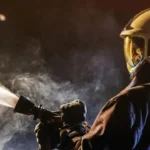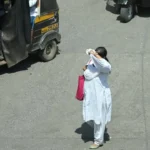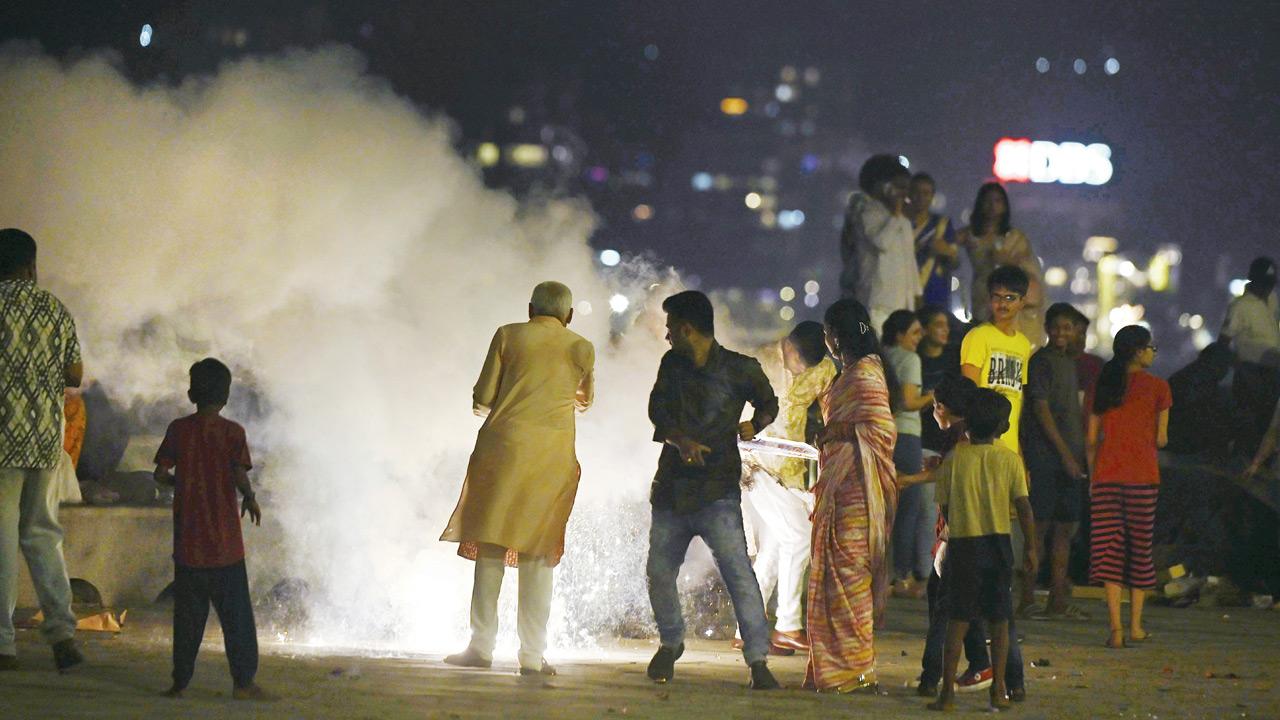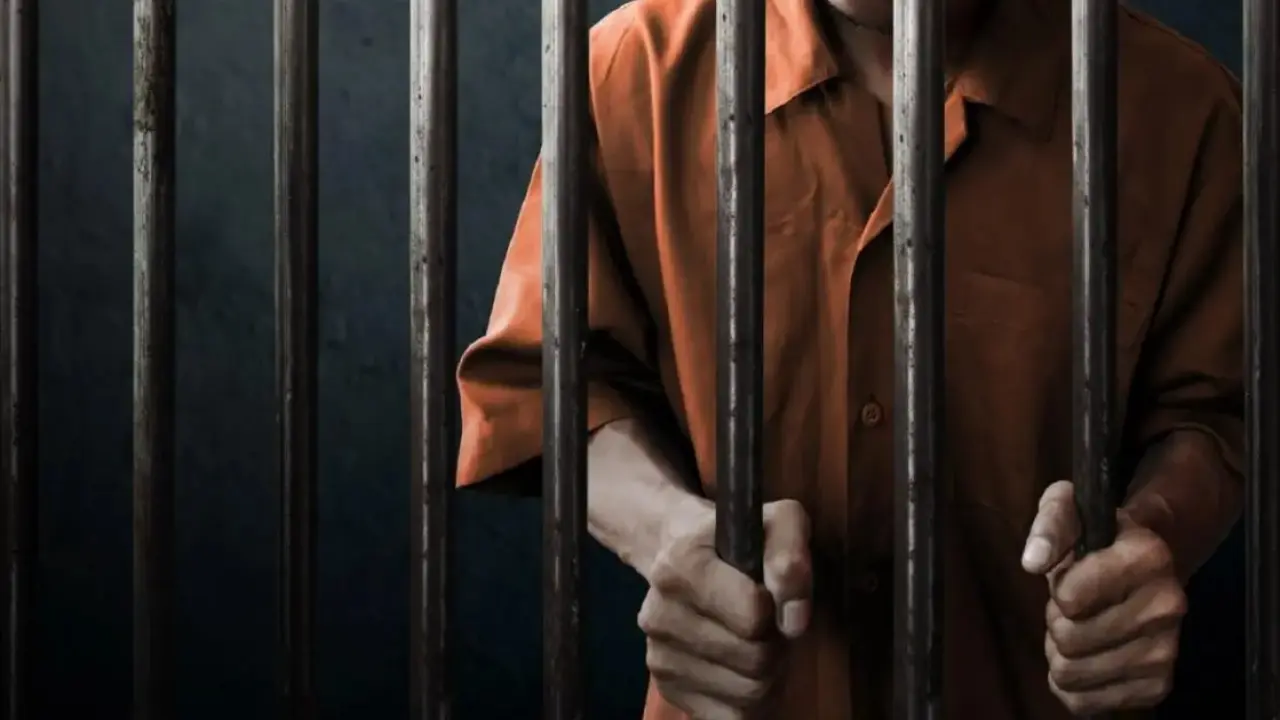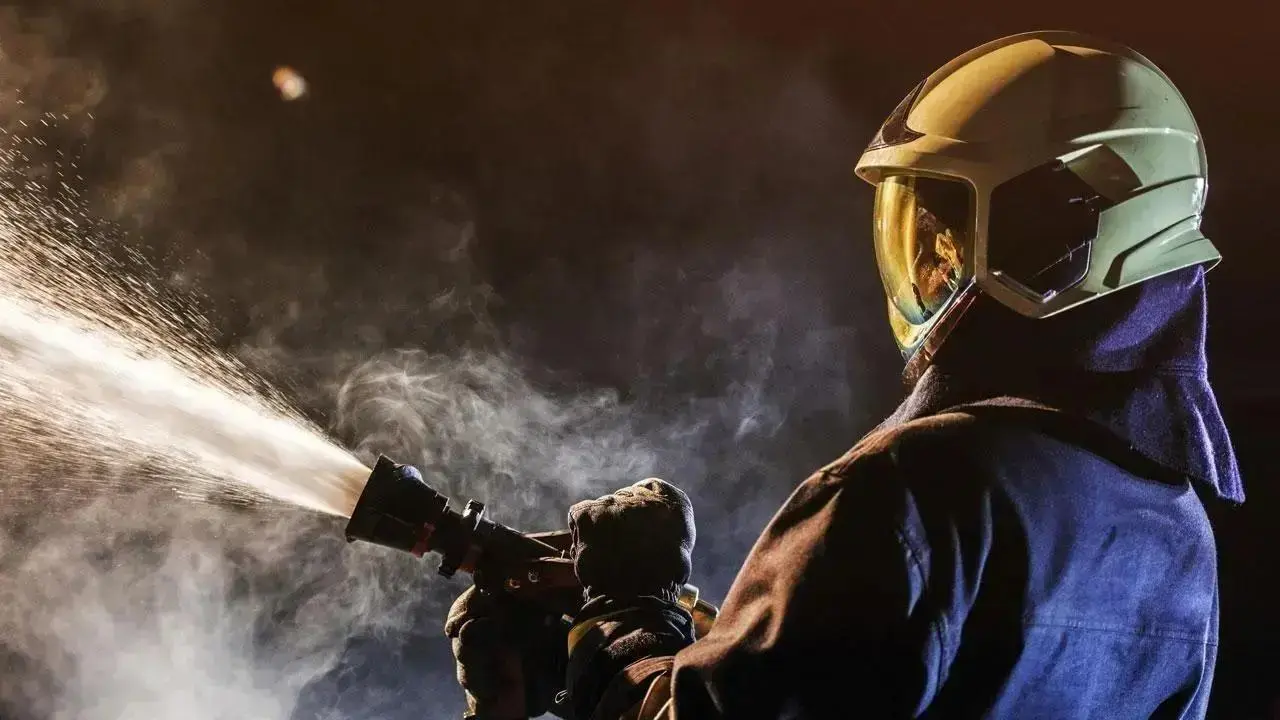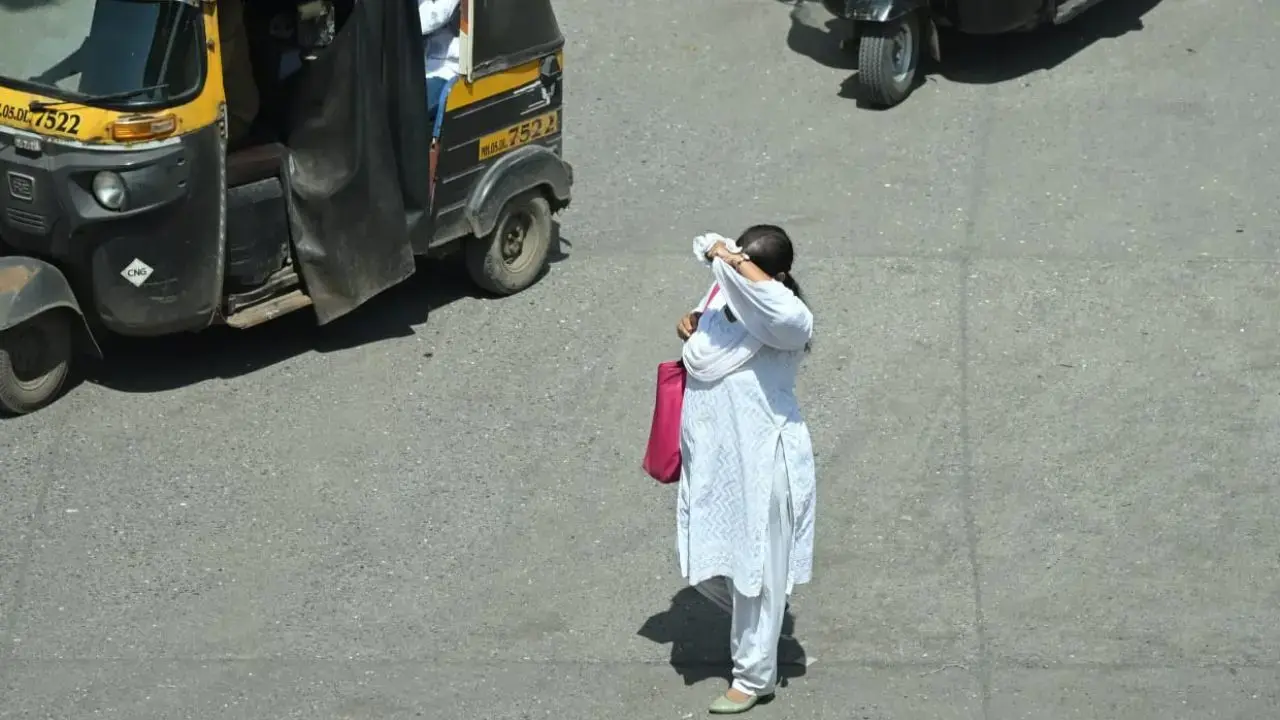While Mumbai is set to experience significant noise and air pollution during Diwali, the Brihanmumbai Municipal Corporation (BMC) appears to lack adequate measures to ensure that Air Quality Index (AQI) levels do not rise alarmingly, endangering the health of citizens, due to the bursting of firecrackers.
During the festive season, between August and December, an increase in sound pollution is witnessed across the city. Particular festivals such as Diwali, however, also come with high AQI levels, which cause respiratory illnesses such as asthma, and other health problems such as irritation to the eye, fatigue, headaches, leg pain, joint pain, and stomach issues, as well as other symptoms such as hair loss and skin diseases.
AQI in Mumbai
According to the portal IQAir, Mumbai ranks sixth among cities across in world in terms of bad air quality. Three other Indian cities feature in the top six, with Kolkata and New Delhi ranking no. 1 and 2, respectively. On Tuesday, Mumbai clocked an AQI of 131, featuring in the orange group, which indicates unhealthy air quality for sensitive groups.
Citizens and experts speak
Gufran Beig, the founder director of SAFAR, said, “During Diwali, we can expect air pollution to be higher than normal. If sufficient measures are not in place, the problem escalates.”
Revellers burst firecrackers at Marine Drive last year. PIC/SHADAB KHAN
Mumbaikars have pointed out the lack of sufficient intervention from authorities to address the problem of worsening AQI during the festive season. Several non-governmental organisations have independently conducted studies to map air quality and noise pollution during Diwali. When intervention is available, it is limited to monitoring instead of action and implementation to solve the problem.
Sumaira Abdulali from Awaaz Foundation, a non-governmental organisation engaged in advocacy to reduce sound and air pollution at public places, said, “The BMC does nothing specific to address air pollution during Diwali.” Awaaz Foundation has been independently monitoring AQI levels across the city since 2008, but much of this has failed to translate into policy-level interventions to resolve the issue at hand.
Because Awaaz Foundation does not have the equipment required to monitor sound pollution during Diwali, tie-ups happen with the Maharashtra Pollution Control Board (MPCB) to monitor a rise in sound pollution levels in Mumbai due to firecrackers on an annual basis during festival times.
Abdulali said, “What the naked eye perceives as smoke from firecrackers is harmful chemical pollutants. Over the past decade, we have conducted studies to determine the extent of the chemicals present in particular firecrackers.” These range from pollutants such as potassium nitrate, which is an irritant; barium oxide, an industrial pollutant; and silicon dioxide, calcium oxide, ferric oxide, and stannic oxide, all linked to respiratory illnesses such as shortness of breath, coughing, eye and skin irritation, burning sensations, sneezing, skin rashes, hives, and gastrointestinal upset when ingested.
Authorities speak
The BMC set up its environment cell, dedicated to policy action towards such issues, a year ago. A senior civic official said, “Several measures have been taken to monitor and curb pollutants related to air quality. This is a long-term policy issue, and our actions are aimed at solving the core problem. Regarding pollution during Diwali, this is a public festival, and its stakeholders are citizens across Mumbai. When it comes to industrial or commercial pollution, we can put measures in place to ensure there are curbs and checks and balances to reduce pollution. However, when it comes to a behavioural pattern during age-old public festivals, dedicated measures need to be well-thought-out.”
2008
Year Awaaz Foundation began monitoring AQI levels across city





